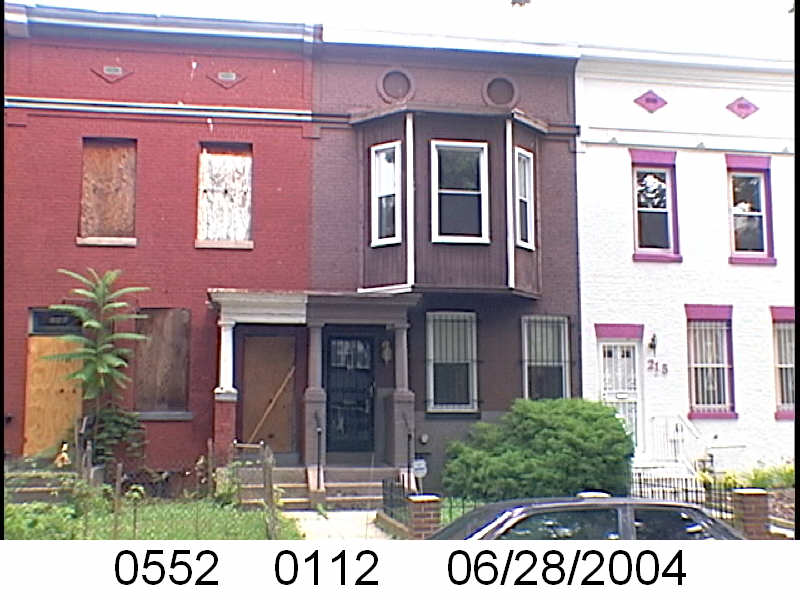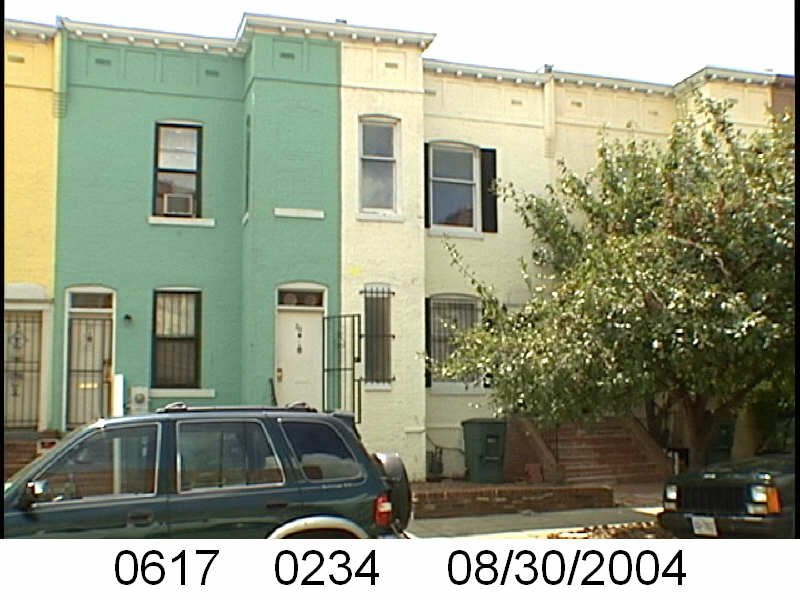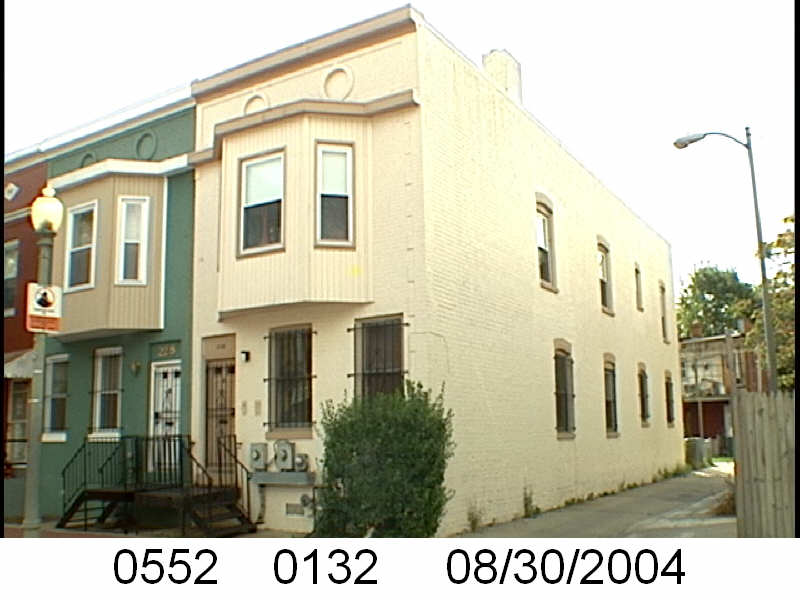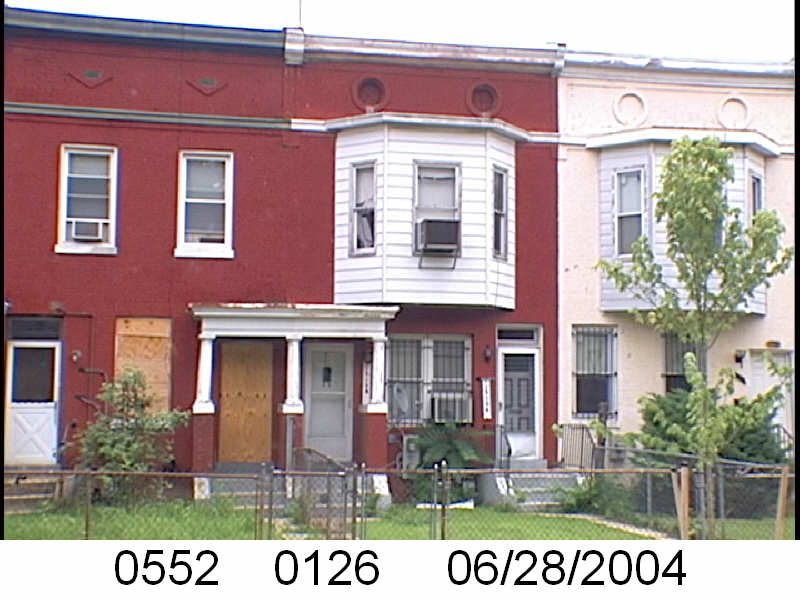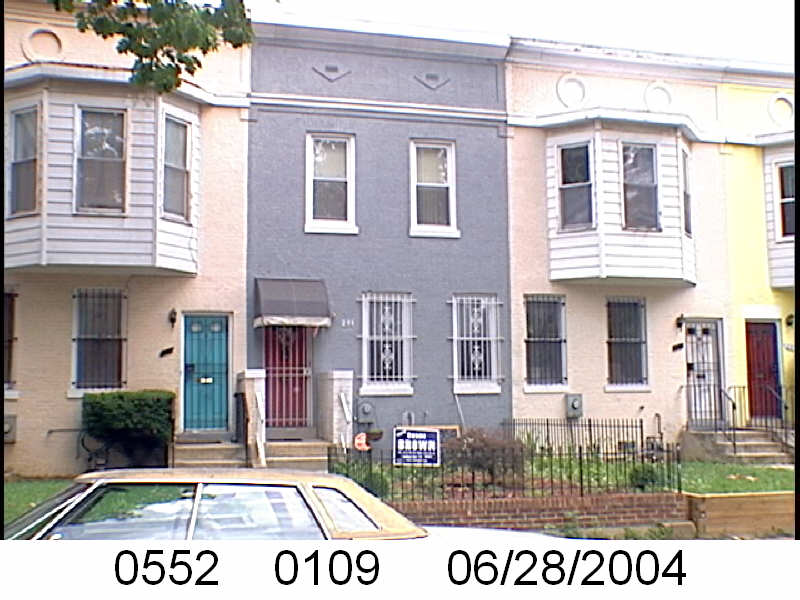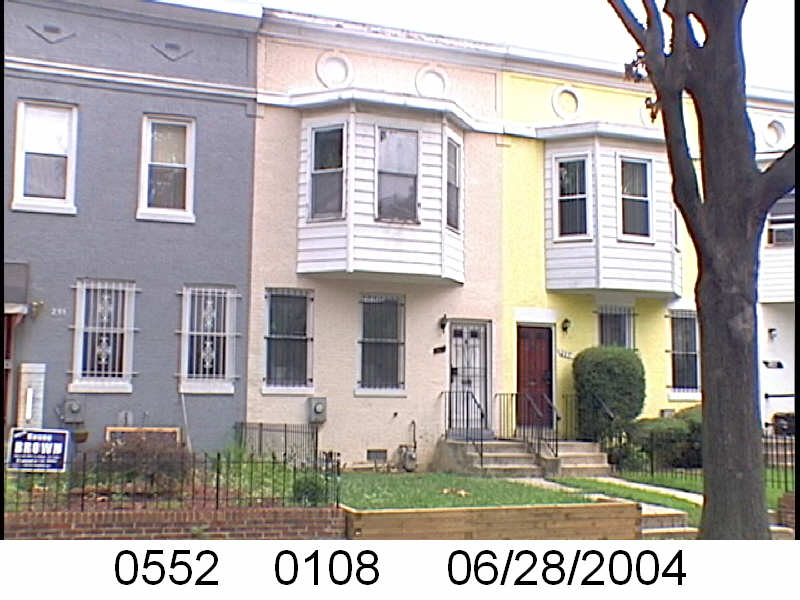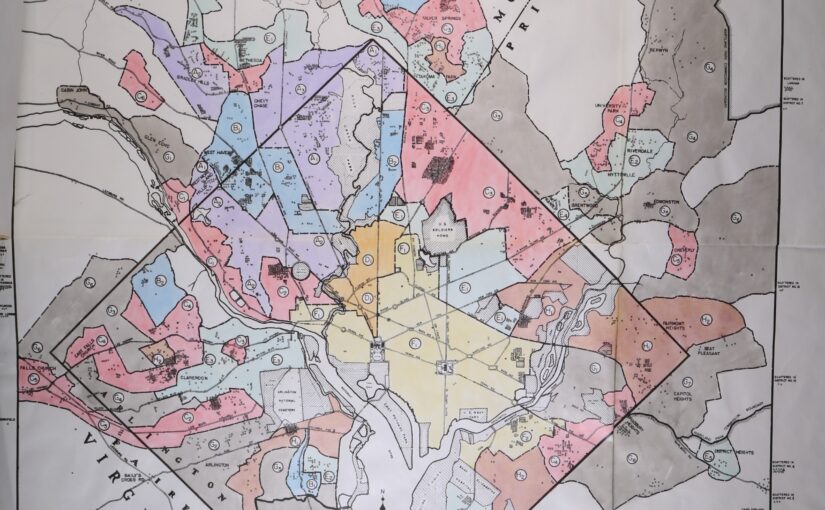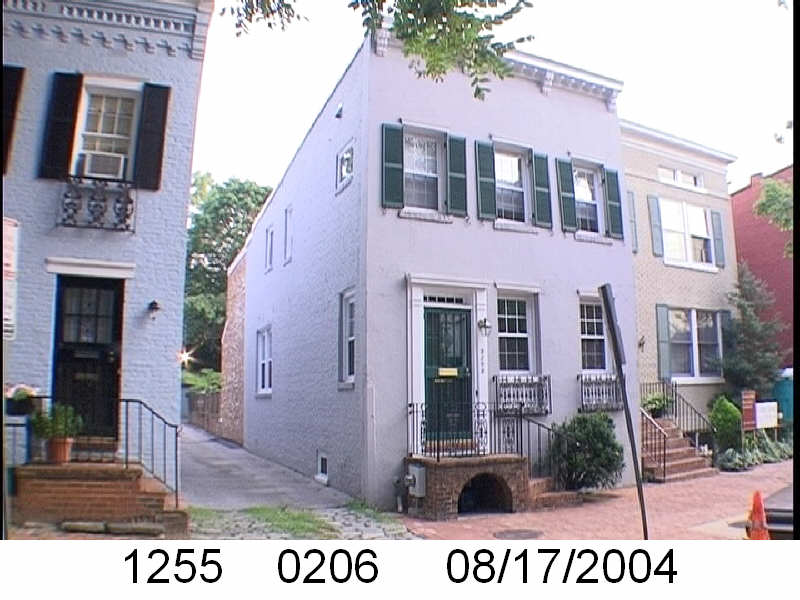The Washington Sanitary Improvement Company (WSIC) was a late 19th century charitable capitalism experiment that ended in the 1950s. This blog started looking at the homes that were supposed to be sold to African American home buyers, after decades of mainly renting to white tenants.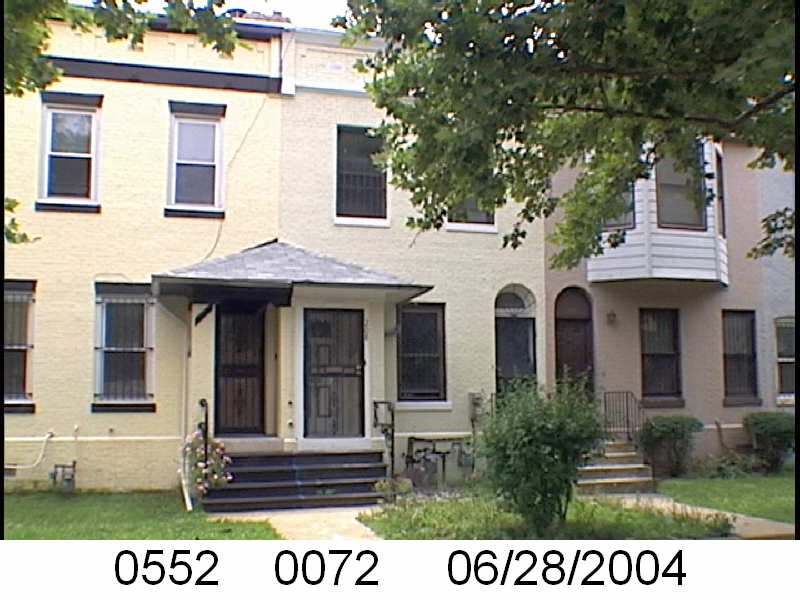
Looking at WSIC properties they tend to have a pattern where the properties were sold to a three business partners, Nathaniel J. Taube, Nathan Levin and James B. Evans as the Colonial Investment Co. for $3 million dollars. Those partners sold to African American buyers. There was usually a foreclosure. Then the property wound up in the hands of George Basiliko and or the DC Redevelopment Land Agency (RLA). Then there were the odd lucky ones who managed to avoid that fate.
Let’s see what happens with 208 Q St NW:
- January 1951 Evans, Levin and Taube sold one-half of 208 Q NW to divorcee Elizabeth Carter.
- January 1951 Mrs. Carter borrowed $3,275 from Colonial Investment Co. favorite trustees Abraham H. Levin and Robert G. Weightman.
- January 1951 Evans, Levin, and Taube sold the other half of 208 Q St NW to William T. and Lylibelle Banks.
- Jan 1951 the Banks borrowed $3,275 from trustees Abraham H. Levin and Robert G. Weightman.
- January 1953 the Banks lost their home to foreclosure and the property returned to Evans, Levin and Taube via an auction.
- February 1953 Evans, Levin, and Taube resold the foreclosed property to John and Marie E. Dunston.
- February 1953 the Dunstons borrowed $3,776.75 from Levin and Weightman.
- July 1958 Mrs. Carter lost her half to foreclosure and Evans, Taube and new partner Harry A. Badt regained ownership of the property via an auction.
- July 1958, as part of a larger property package, the Badts (Harry A. and wife Jennie) transfer/sold their interest in 208 Q St NW to Nathan Levin’s survivors.
- November 1961 as part of a larger property package, Badt, Evans, Taube, their wives and Levin’s survivors sold their half the property to Sophia and George Basiliko.
- November 1966 the Dunstons were free of their mortgage with Levin and Weightman and owned their home free and clear.
- May 1974 the Dunstons sold their half of the property to Edith C. and Ralph E. Deane.
- August 1974 George Basiliko Inc sold his half to Edith C. and Ralph E. Deane, bringing the property under a single household.
Alls well that ends well. The Deanes owned 208 Q St NW from 1974-2003. So despite foreclosures and a period of Basiliko ownership, it turned out fine.

